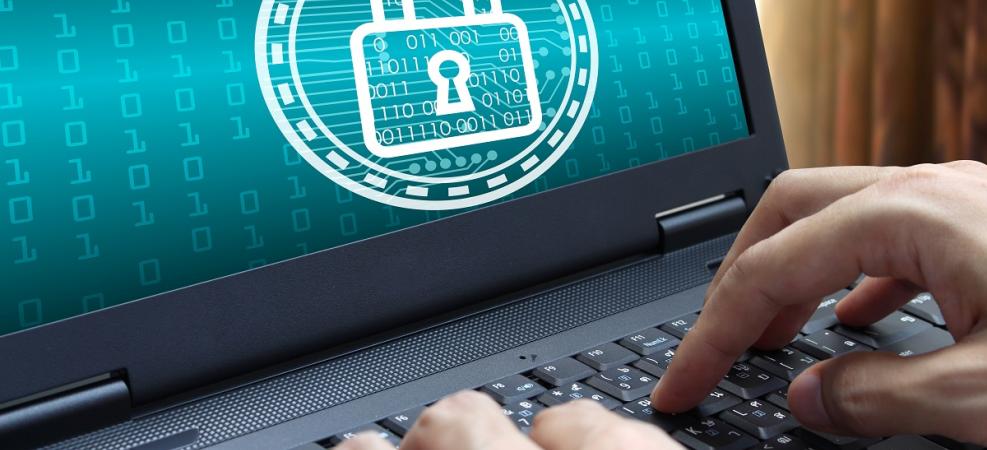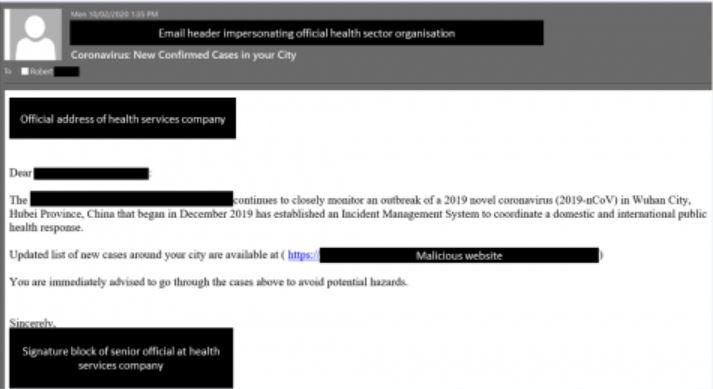Today’s blog post addresses the rise in online scams during the COVID-19 pandemic, and emphasises the need for individuals to be alert. We look at scams to watch out for, steps you can take to protect yourself and focus on precautions in place for .au.
Keeping alert
In keeping informed of current scams that may affect you, it is a good idea to subscribe to an alert service such as that provided by the Australian Cyber Security Commission (ACSC), staysmartonline.gov.au. This site publishes information on phishing attacks and other types of scams designed to lure unsuspecting users into sharing personal information or opening malicious links.
Current scams
There have recently been a number of scams identified using ‘COVID-19’ related messaging to target unsuspecting, vulnerable people. An example of this as shown on smaysmartonline.gov.au is an email where the sender pretends to be from a well-known international health organisation. It works by prompting users to click on a web link to find out about new cases of Coronavirus, or to open an attachment with safety advice. When opened, the link or attachment will lead to viruses, malware or ransomware being installed and your information being compromised.
Image: Phishing email example from staysmartonline.gov.au
Tips to protect yourself
These types of scams are likely to increase over the coming months, so to protect yourself look out for ways to identify harmful messages, such as those suggested on staysmartonline.gov.au:
- Read messages carefully and look for anything that isn’t quite right (spelling, the source email address, use of language, etc)
- Verify the information with the organisation using the contact information from their website (type the organisation’s address directly into your browser before clicking any links)
- Check the organisation’s app, social media page or website for information on current known scams that use their branding.
Further advice to protect organisations and individuals while working remotely is available at cyber.gov.au.
Precautions in place for .au
The .au namespace is protected by .au Domain Administration's advanced policy requirements and is regularly scanned for security threats, so you know that the owner of any site ending in “.au” has been verified and that threats are unlikely. Nevertheless, you should always exercise caution.
With so many people working remotely during this unprecedented time, it is important that we remain aware of current threats and practice safe online behaviour. While health of course remains the number one priority, we also need to ensure we are following recommended actions to ensure our personal and organisational systems and devices remain protected.
Have some feedback, a question or idea for a future blog post? Email us at blog@afilias.com.au

